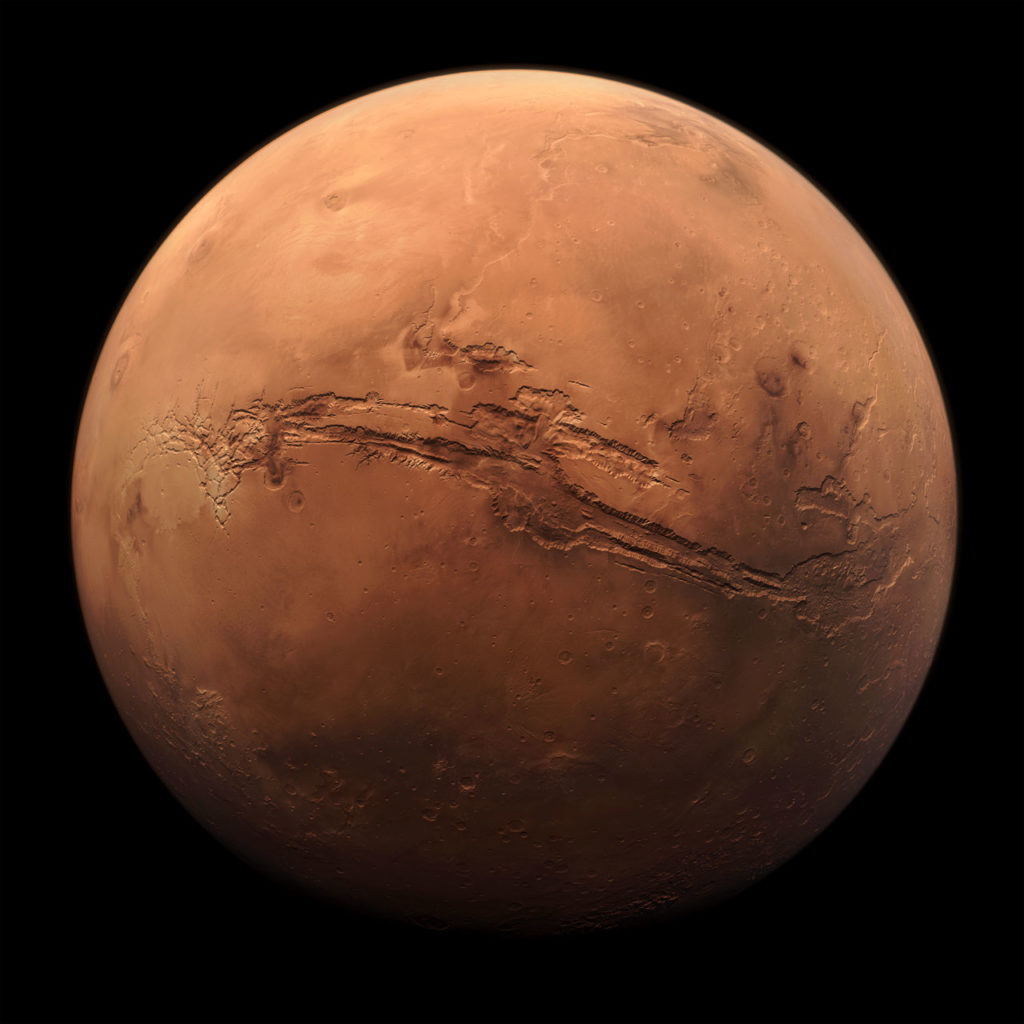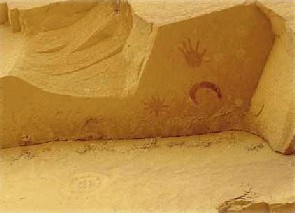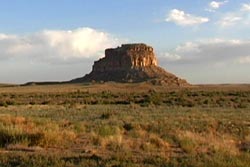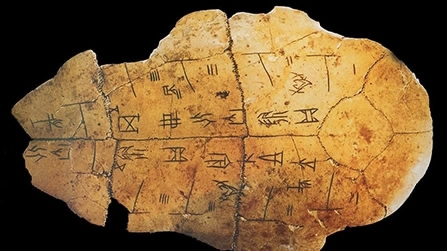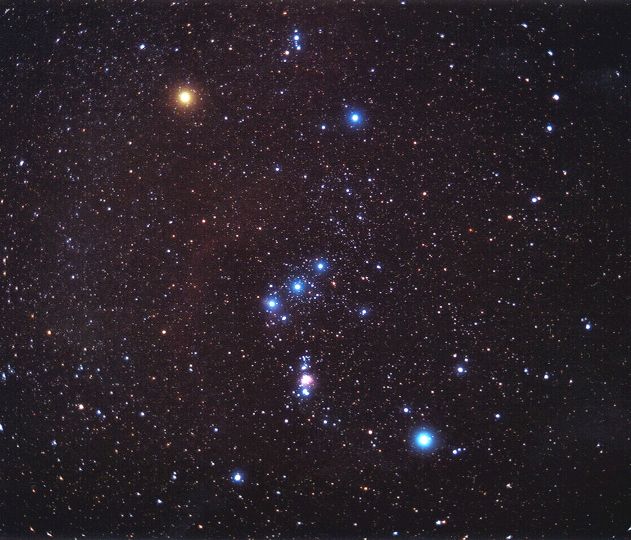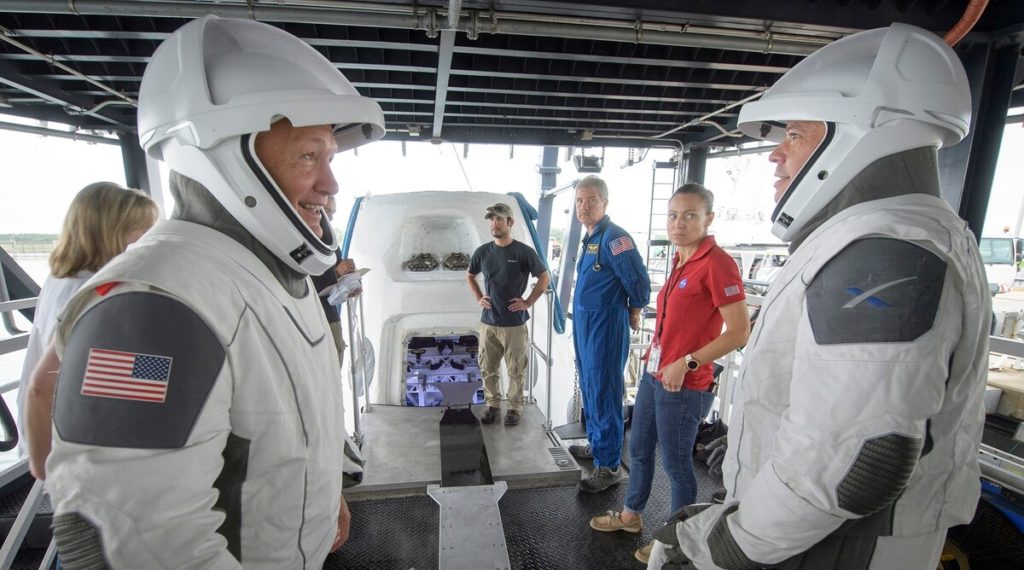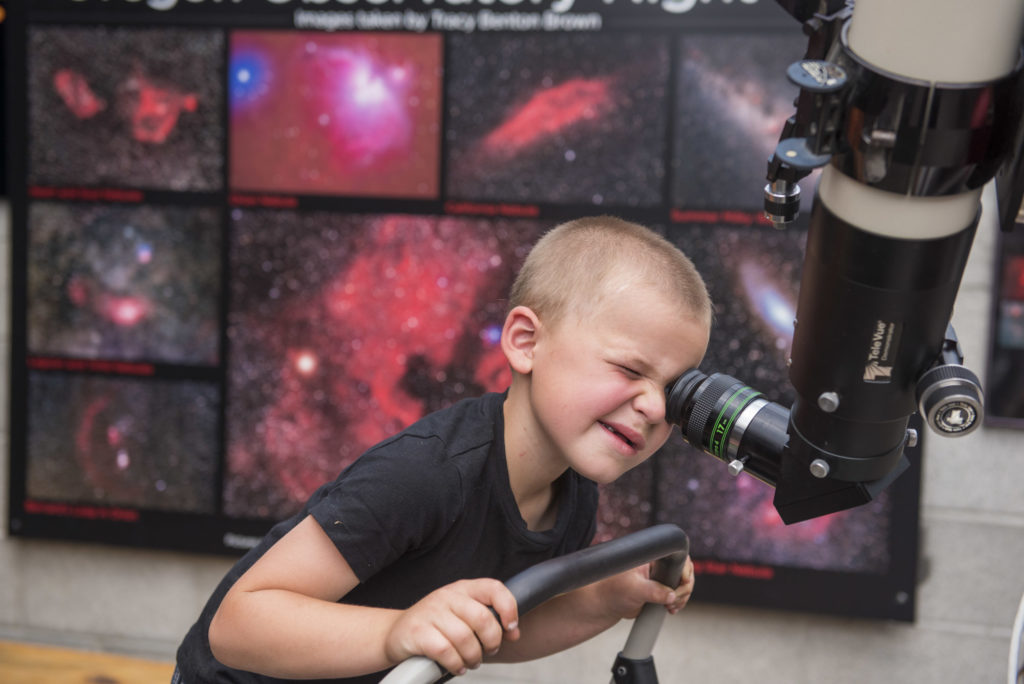The fall is a great time to get outside and enjoy the night sky. Remember to bundle up and maybe fix a mug of hot chocolate. October started with a full moon, the Harvest Moon, and will end with a Halloween Blue Moon. A second full moon in the same calendar month only happens about once every 3 years, so don’t miss it.
Mars viewing will be at its best until 2052. The peak will be Tuesday, October 13, however viewing should be excellent until the end of October. Look directly due east one hour after sunset in the middle of Pisces. Mars looks like a bright, reddish-orange “star”. It will be 3 times brighter than the brightest star, Sirius.
Fall can be a fishy time in the sky. From west-to-east, we have a sea goat (Capricornus), a water carrier (Aquarius), a pair of fishes tied by their tails to a fishing line or ribbon (Pisces), yet another fish placed far to the south (Piscis Austrinus), a whale (Cetus) and a winding river (Eridanus). You don’t need galoshes, but binoculars might help you get a better look.
Cetus includes the star Mira, the first variable star to be discovered. Variable stars change apparent brightness. Dutch observer Johannes Holwarda noticed Mira going thru its phases in 1638. Mira is in a bright phase right now. Some variable stars are actually double stars, two stars close together. When one of the double stars moves in front of the other, the light is blocked and appears to dim. You can name a double star for a friend or loved one at Name a Star.
There are a couple of major meteor showers to thrill late night observers: the Leonids in November and Geminids in December. The Geminids produce slow-moving, green, pink and purple meteors that are arguably the most spectacular of the year to watch. They’ll be most visible the nights of December 13 and 14th, which also marks the new moon.
For fans of the constellation Orion, the hunter, he will return in December. No reason to mourn the fading of the summer Milky Way, fall skywatching has plenty to offer.



